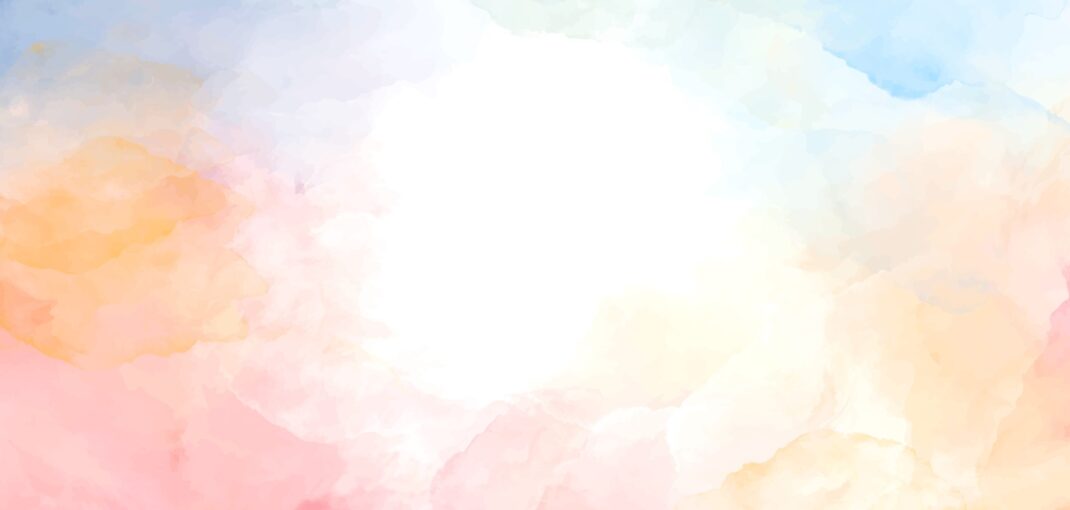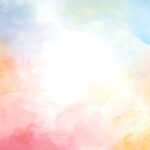Hey artists, dreamers, and lovers of colour. If you’ve ever felt joy watching paint swirl across a page or excitement when two colours mix just right, you’re in the right place. Today we will talk about watercolour Techniques. Watercolour painting is more than just a hobby; it’s a journey. For thousands of years, artists have used watercolour to tell stories, capture beauty, and explore emotions. From ancient maps to dreamy florals. Whether you’re picking up a brush for the first time or you’ve been painting for years, there’s always something new to try.
In this guide, we’ll explore five must-try watercolour techniques, some classic, some a bit unexpected. These techniques can help you add depth, texture, and emotion to your artwork, no matter your skill level. So, grab your brush, dip it in water, and let’s begin this colourful adventure together.
Wet-on-Wet Watercolour: Go with the Flow
Before you start, let’s find which kind of painting you love to do. If you love painting that feels loose and soft, then the wet-on-wet technique is for you. This method is all about letting the water take control. You simply wet your paper, add colour, and watch the paint move, blend, and bloom in beautiful ways, all on its own.
It’s one of the oldest and most loved watercolour techniques because it creates those smooth, feathery effects that feel calm and dreamy. And it is great for painting things like skies, mist, and soft florals. This style helps your colours melt into one another with ease. You can also build up layers while it’s still wet, which adds depth and gentle detail without harsh lines.
Wet-on-wet isn’t just a painting technique; it’s a way to enjoy the process, let go a little, and be surprised by what water and colour can do together.
How to Do It:
- Start with a splash of water: Take a big brush or even a sponge, and gently cover your paper with clean water. You want it to look shiny and damp, but not so wet that it forms puddles.
- Add your colour: While the paper is still wet, dip your brush into your favourite paint and lightly touch it to the paper. Watch how the colour spreads.
- Mix it up: Try adding a second colour nearby and see how the two melt into each other. You’ll get soft blends and natural-looking transitions.
- Tilt for effects: Gently tilt your paper to help the paint move around. You can guide it to make dreamy patterns, gentle skies, or flowing colour trails.
Wet-on-Dry Watercolour: Where Details Come to Life
If you love painting with precision and want to bring out the tiny details in your artwork, wet-on-dry is your go-to technique. Unlike the flowy freedom of wet-on-wet, this method is all about control. You have to wait for your first layer of paint to dry completely. Then, using wet paint on dry paper, you start adding fresh shapes and touches. Since the paper isn’t damp, the paint stays exactly where you put it, giving you sharp lines and clear edges.
This technique is perfect for painting things like leaves, flower petals, patterns, or even detailed portraits. It also lets you build layers slowly, without muddying your colours. Each new brushstroke adds something special, while the colours underneath still glow through thanks to watercolour’s transparent nature.
It may take a bit more patience, but the results are totally worth it. With wet-on-dry, you’re not just painting, you’re designing every little part of your picture with purpose.
How to Do It
- Let your paper dry first: Before you begin, make sure your paper is completely dry. No damp spots.
- Get your paint ready: Mix your paint with a little water until it looks just right, smooth, but not too runny.
- Start painting: Use your brush to add colour right onto the dry paper. You can make neat shapes, clear lines, or even layer one colour on top of another to add more depth and detail.
Dry Brush Technique: Add a Touch of Texture
Want to bring a rough, textured look to your watercolour art? The dry brush technique is perfect for that. It’s simple but a little messy. So, if you love doing experiments, then you must try it. Instead of using lots of water, in this technique, you require very little paint and a dry brush on dry paper. When you gently drag the side of the brush across the surface, it creates scratchy, broken lines that look natural and full of character. Think grassy fields, furry animals, or old, weathered wood. This technique makes them come alive.
It’s also a great way to show texture, age, or movement in your painting. You can use it on its own or mix it with other techniques for more variety and depth. Whether you’re painting waves, clouds, or soft foliage, dry brushing helps your art feel real and full of life. If you enjoy playful, hands-on painting and love the look of rough textures, dry brush is a must-try technique.
How to Do It:
- Dip and dab: First, dip your brush into your paint, just a little. Then, gently wipe off most of the paint and water using a paper towel. Your brush should feel almost dry.
- Drag it across the paper: Now, lightly pull your brush across dry paper. You’ll see scratchy, broken lines appear, like little streaks of texture.
Flat Wash: Start with a Smooth, Strong Base
If you’re new to watercolour, the flat wash is one of the first techniques you’ll want to master. It may look simple, but it’s the foundation for so many beautiful paintings. A flat wash is basically when you paint a big area with just one even colour. From this technique, you will learn how to control water, paint, and your brush, which are the key skills every watercolour artist needs.
This technique also helps you build confidence with your strokes. It’s great for practising how to move your brush smoothly and keep your colours consistent. And here’s a handy tip for you: tilt your paper slightly so gravity helps the paint spread evenly across the surface. And remember to mix more paint than you think you’ll need, and try to avoid stopping halfway. That’s how you get that clean, streak-free look. Flat washes may be basic, but they’re powerful. Once you get the hang of it, you’ll use this technique again and again in your art.
How to Do It:
- Mix It Up: Start by mixing your paint with water until you get a nice, smooth colour. Mix more than you think you’ll need so you don’t run out halfway through.
- Start from the Top: Place your brush at the top of the paper and paint in long, even strokes across. Each new stroke should slightly overlap the one before it, like laying tiles side by side.
- Keep It Moving: Work quickly and confidently. If you move too slowly, the paint can dry and leave streaks or patchy spots. The goal is a clean, smooth layer.
Rubbing Alcohol Technique
Looking to make your watercolour paintings pop with unexpected effects? Then you must try using rubbing alcohol. It might sound strange at first, but when you drop a bit of alcohol onto wet watercolour paint, something different will happen. The alcohol pushes the paint away, creating soft bursts, rings, or even star-like patterns. It’s kind of like tie-dye for your paper.
You can use this trick for abstract art, dreamy galaxy skies, or any time you want your painting to have beautiful textures and a touch of mystery. Whether you use a cotton bud to add small dots or spray it across your page, the results are always unique and exciting to watch unfold.
How to Do It:
- Start with wet paint: Paint a smooth wash of watercolour on your paper. Keep it nice and wet.
- Add the alcohol: Grab a dropper, cotton bud, or spray bottle and gently drop, dab, or spray rubbing alcohol onto the wet paint.
- Watch the show: See how the alcohol pushes the paint away, making lighter spots and interesting textures that look like tiny explosions or starbursts.
- Let it dry: Be patient and wait for your painting to dry completely before adding more details or layers.
Final Say
Whether you’re just starting your painting journey or have been creating for years, watercolour is a way to bring your ideas to life. These five techniques, from the soft, flowing wet-on-wet to rubbing alcohol, each offer something special to your art.
Remember, painting with watercolours isn’t about perfection. It’s about enjoying the process, experimenting with colours, and letting your creativity flow freely. So don’t worry if things don’t turn out exactly as planned. Every splash, blend, and brushstroke teaches you something different. Just pick your brushes, try these techniques, and watch your artwork grow more beautiful and unique with each painting. Your colourful adventure is just beginning.






